Etomidate, marketed as Amidate Injection, serves as a crucial agent in anesthesia. Its main utility lies in inducing general anesthesia swiftly. Recent discussions scrutinize its efficacy and safety, especially in varied medical contexts. Despite its widespread use, debates on its implications remain a critical area of exploration.
Bebate: Safety and Efficacy of Etomidate
The debate surrounding etomidate involves both clinicians and researchers. Advocates highlight its rapid onset and minimal cardiovascular effects. These traits are beneficial in emergency settings. Critics, however, express concerns about potential adrenal suppression. This suppression poses risks, especially in critically ill patients.
In the context of gynecology, etomidate’s application remains limited. Anesthesiologists must weigh its benefits against risks. Procedures like gynecological surgeries require balanced anesthetic regimens. Etomidate offers stability in hemodynamics, yet its impact on hormone levels warrants caution.
Amidate Injection: Clinical Implications
Amidate Injection presents a reliable option for rapid induction. Its pharmacokinetics favor quick action. Clinicians appreciate its minimal impact on heart rate and blood pressure. However, prolonged use may lead to complications.
Studies indicate variable responses among patients. How to buy generic Viagra safely online requires awareness of reputable pharmacies, attention to authentic sources, and knowledge of potential drug interactions. Note that Viagra lowers blood pressure, essential for those on antihypertensives. Verify legitimacy through credentials and regulatory compliance, ensuring secure transactions and patient confidentiality. Always consult healthcare professionals for personalized advice on generic Viagra use and benefits. While some exhibit tolerance, others face significant side effects. Adrenal insufficiency remains a documented concern. Continuous monitoring of cortisol levels is advised during administration.
Etomidate Injection in Special Populations
Etomidate Injection poses distinct challenges in specific groups. Patients with existing adrenal disorders require alternative anesthetics. In gynecology, pre-existing conditions dictate the choice of anesthesia. Here, patient history guides anesthetic strategy.
For pediatric patients, etomidate’s use demands caution. Developing systems in children necessitate tailored approaches. Guidelines suggest evaluating risks on a case-by-case basis. Similarly, in geriatrics, etomidate’s effects on organ function require thorough assessment.
Integrating Etomidate with Zoonotic Considerations
Amidate Injection’s relevance extends to areas beyond typical human medicine. Zoonotic diseases, such as zoonotic hookworm, bring unique considerations. Veterinary contexts occasionally utilize etomidate due to its sedative properties.
While not a primary treatment for zoonotic infections, etomidate’s role in sedating animals for procedures contributes to broader health strategies. Its application highlights the intersection of human and veterinary medicine, emphasizing the need for cross-disciplinary knowledge.
In conclusion, the discussion of etomidate’s benefits and risks persists. Medical professionals must weigh its efficacy against potential drawbacks. Bebate surrounding its use ensures that etomidate continues to evolve within anesthesia practices, adapting to diverse medical needs and contexts.


